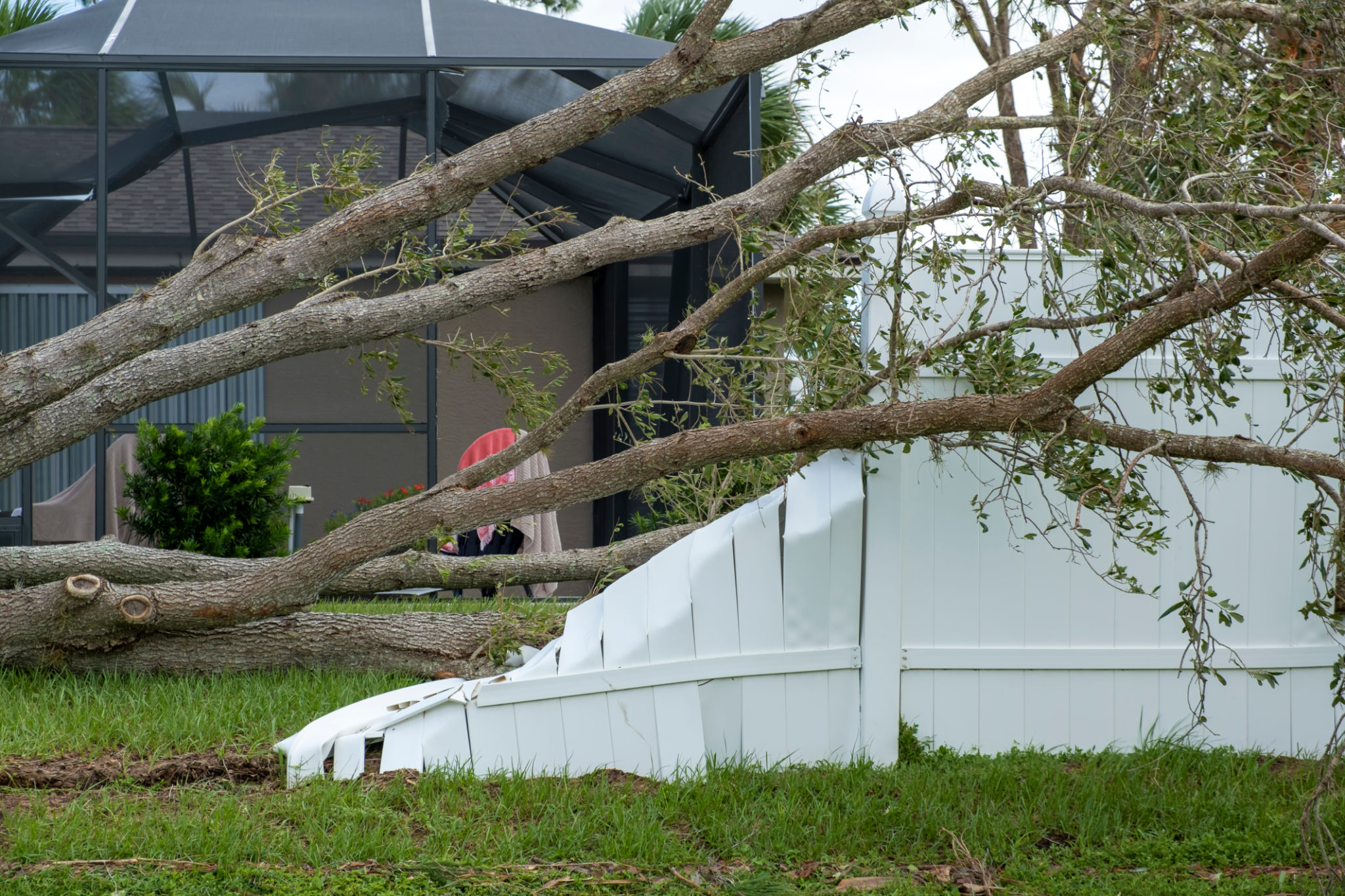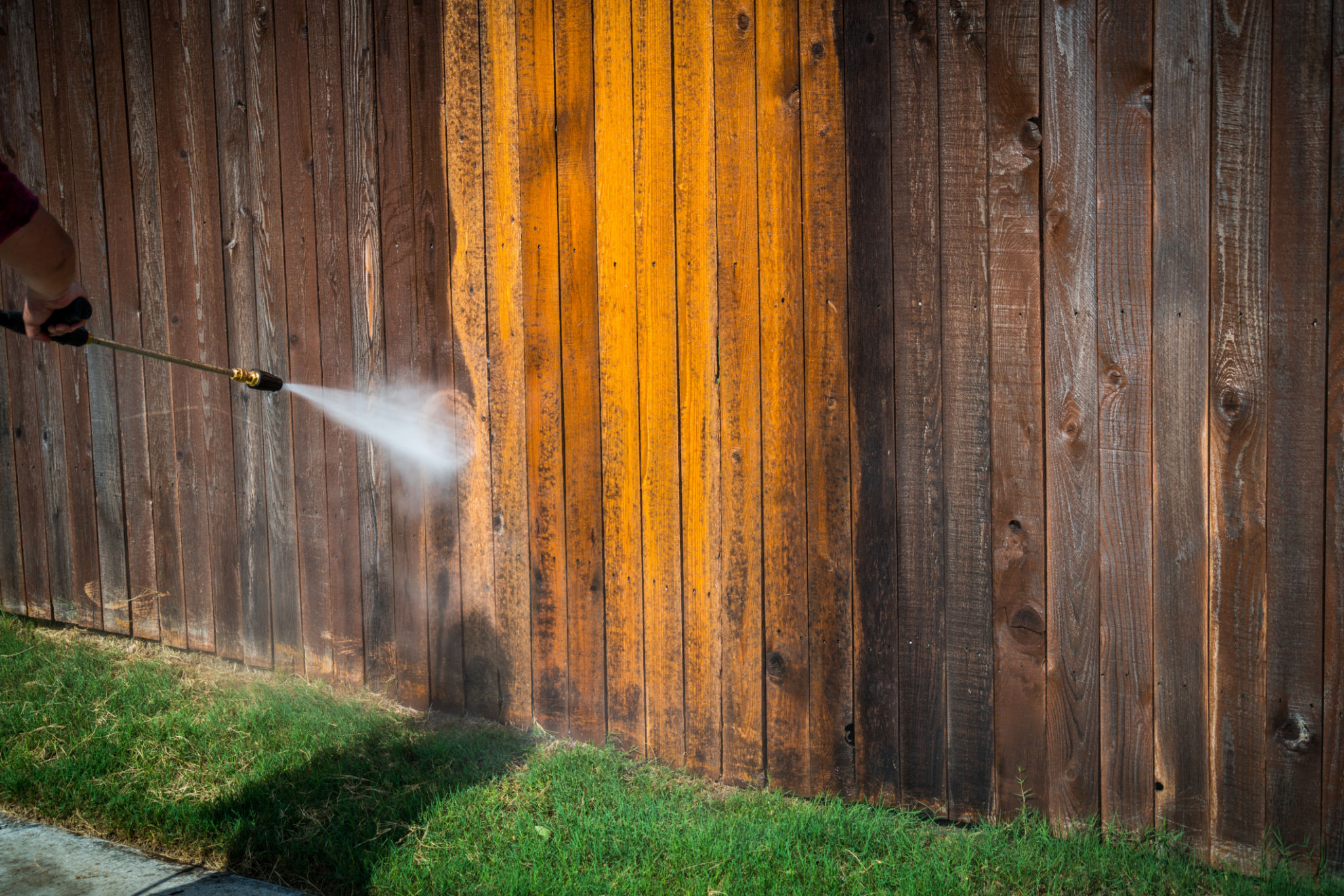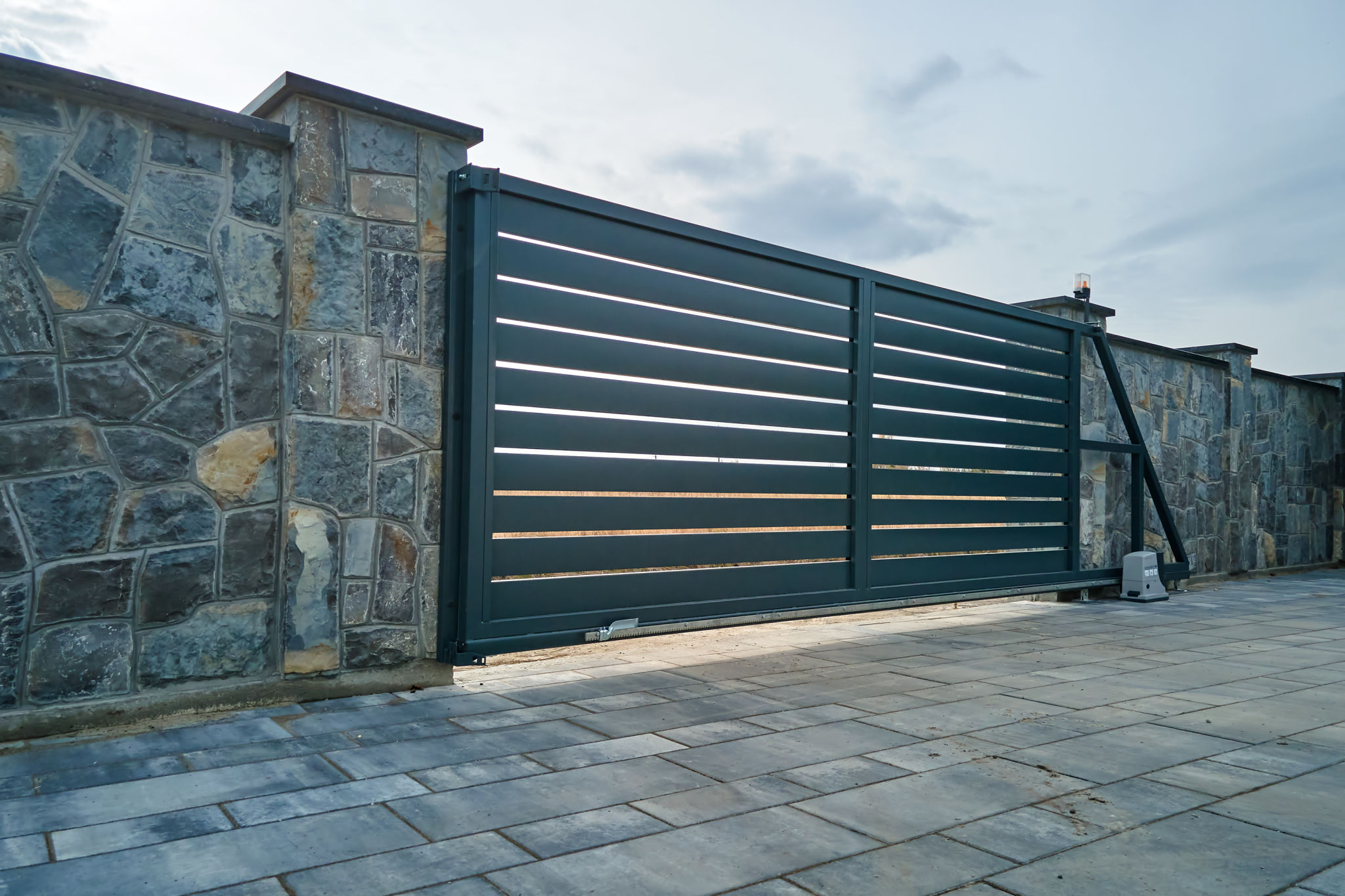How to Prepare Your Fence for Seasonal Changes in Anderson, SC
Understanding the Impact of Seasonal Changes
In Anderson, SC, the changing seasons can have a significant impact on your fence. From the sweltering heat of summer to the chill of winter, your fence needs to withstand varying weather conditions. Understanding how each season affects your fence is the first step in preparing it for these changes.
Summer's intense heat can cause wood to dry out and crack, while fall brings increased moisture levels that may lead to mold and rot. Winter poses its own challenges, with potential freezing and thawing cycles that can warp or damage the material. Spring offers a reprieve but also a chance to inspect and repair any damage incurred during harsher months.

Inspecting Your Fence
Before you can prepare your fence for seasonal changes, a thorough inspection is necessary. Walk around your property and examine the fence for signs of wear and tear. Look for loose or missing nails, cracked or warped boards, and any signs of rot or insect infestation.
If you have a metal fence, check for rust or corrosion. These can weaken the structure and should be addressed promptly. It's also important to ensure that gates and latches are functioning properly, as these components are often subjected to more stress than the rest of the fence.
Cleaning Your Fence
Once you've inspected your fence, it's time to clean it. Removing dirt, mold, and mildew will not only improve the appearance of your fence but also extend its lifespan. Use a pressure washer or a garden hose with a scrub brush attachment to clean wooden fences. Be sure to use a cleaner that's appropriate for your fence material.
For metal fences, a simple mixture of soap and water can work wonders. After cleaning, allow the fence to dry completely before moving on to any repairs or treatments. This will ensure that any sealants or paints adhere properly.

Repairing Damage
After cleaning, address any damage you identified during your inspection. Replace broken or missing boards and secure loose nails or screws. If you notice any rot or extensive damage, it might be best to replace entire sections of the fence.
For metal fences, repair any rust spots by sanding them down and applying a rust-inhibiting primer followed by a protective paint layer. This will help prevent future rusting and keep your fence looking great for years to come.
Sealing and Protecting Your Fence
Once repairs are complete, it's time to seal or paint your fence. Wood fences benefit from a quality sealant or stain that protects against moisture and UV rays. This will help prevent cracking, warping, and other weather-related damage.
Metal fences should be coated with a rust-inhibiting paint to protect them from moisture and sun exposure. Regular maintenance will keep them looking new and prevent costly repairs down the line.

Regular Maintenance Tips
To keep your fence in top shape throughout the year, regular maintenance is essential. Here are some tips to ensure your fence remains sturdy and attractive:
- Inspect your fence at least twice a year for damage and wear.
- Clean your fence regularly to prevent mold and mildew buildup.
- Apply sealant or paint every few years as needed.
- Trim any plants or trees near the fence to prevent damage from falling branches.
Conclusion
Preparing your fence for seasonal changes in Anderson, SC, is essential for maintaining its appearance and structural integrity. By following these steps—inspecting, cleaning, repairing, sealing, and maintaining—you can ensure that your fence remains a beautiful and functional part of your property for years to come.
With a little effort and regular care, you'll protect your investment and enjoy the peace of mind that comes with a well-maintained fence.